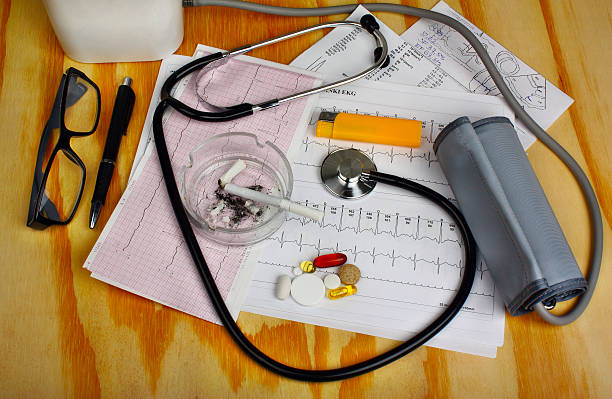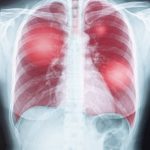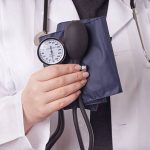The ONE organ responsible for high blood pressure.
Pulmonary Hypertension

What Is Pulmonary Arterial Hypertension?
Pulmonary hypertension is a life-threatening condition that gets worse over time, but treatments can help your symptoms so you can live better with the disease. It may take some planning, but plenty of people who have it find ways to do all the things they love, just as they did before they were diagnosed.Having pulmonary arterial hypertension (PAH) means that you have high blood pressure in the arteries that go from your heart to your lungs . It's different from having regular high blood pressure.With PAH, the tiny arteries in your lungs become narrow or blocked. It's harder for blood to flow through them, and that raises the blood pressure in your lungs. Your heart has to work harder to pump blood through those arteries, and after a while the heart muscle gets weak. Eventually, it can lead to heart failure.Causes
- Congestive heart failure
- Blood clots in the lungs
- HIV
- Illegal drug use (like cocaine or methamphetamine)
- Liver disease (such as cirrhosis of the liver)
- Lupus, scleroderma, rheumatoid arthritis, and other autoimmune diseases
- A heart defect you're born with
- Lung diseases like emphysema, chronic bronchitis, or pulmonary fibrosis
- Sleep apnea
Pulmonary hypertension signs and symptoms include:
- Blue lips and skin (cyanosis)
- Chest pressure or pain.
- Dizziness or fainting spells (syncope)
- Fast pulse or pounding heartbeat (palpitations)
- Fatigue.
- Shortness of breath (dyspnea), initially while exercising and eventually while at rest.
Pulmonary hypertension signs and symptoms include:
- Blue lips and skin (cyanosis)
- Chest pressure or pain.
- Dizziness or fainting spells (syncope)
- Fast pulse or pounding heartbeat (palpitations)
- Fatigue.
- Shortness of breath (dyspnea), initially while exercising and eventually while at rest.
Symptoms
You may not notice any symptoms for a while. The main one is shortness of breath when you're active. It usually starts slowly and gets worse as time goes on. You may notice that you can't do some of the things you used to without getting winded. Other symptoms include:- Chest pain
- Fatigue
- Passing out
- Swelling in your ankles and legs
Getting a Diagnosis
If you have shortness of breath and see your doctor, they will ask you about your medical history. They may also ask you:- Do you smoke?
- Does anyone in your family have heart or lung disease?
- When did your symptoms start?
- What makes your symptoms better or worse?
- Do your symptoms ever go away?
Your doctor may order tests, including:
Echocardiogram: This ultrasound picture of the beating heart can check blood pressure in the pulmonary arteries. CT scan: This can show enlarged pulmonary arteries. A CT scan can also spot other problems in the lungs that could cause shortness of breath.- The doctor places a catheter into a large vein, most often the jugular vein in your neck or femoral vein in your leg, and then threads it into the right side of your heart.
- A monitor records the pressures in the right side of the heart and in the pulmonary arteries.
- The doctor may also inject medicines into the catheter to see if the pulmonary arteries are stiff. This is called a vasoreactivity test.
diagnosing pulmonary hypertensionEffects of Pulmonary Hypertensionhypertension causes pulmonary infectionPersistent Pulmonary Hypertensionpulmonary and heart attackPulmonary arterial hypertensionPulmonary HypertensionPulmonary Hypertension Treatmentrisk factor of pulmonary hypertensionTreating pulmonary hypertension









